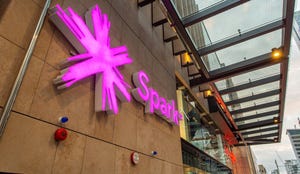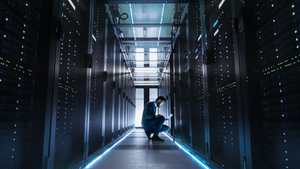DC Blox sheds light on dark fiber, landing station buildouts
DC Blox is just the latest example of a data center provider expanding to do much more as hyperscaler growth provides a catalyst for new dark fiber routes and connectivity services.
At Light Reading, we primarily focus on the communications industry. However, the definition of a communications provider is changing fast.
Take DC Blox, a data center owner, builder and operator headquartered in Atlanta. The company started as a data center builder and provider in smaller US markets – cities without an NFL team. Eventually, hyperscale cloud providers expanded to those markets as their businesses required building more infrastructure closer to their users.
For DC Blox, that meant providing a wider range of services, including connectivity that used to be solely the domain of major telcos. As companies like DC Blox are well-funded, nimble and already proficient in building comms infrastructure, they're evolving to deliver and manage more than buildings for cloud servers.
"Now we are largely responding to a massive demand of new data center infrastructure, dark fiber infrastructure, lit services, infrastructure, subsea cable landing station infrastructure, so it's all coming together," said Bill Thomson, DC Blox's VP of marketing and product management. "And fortunately, we've had an opportunity to play in a lot of different roles."
In this podcast, Thomson discusses DC Blox's business and its dark fiber route connecting Atlanta's Internet Exchanges to its Myrtle Beach cable landing station, giving it a new set of offerings around regional and international connectivity, passing through evolving tech hubs like Augusta, Georgia, and Charleston, South Carolina.
About the Author(s)
You May Also Like












